WD-40: Everything The Product Can Do Around Your Home!
WD-40 is one of those brands that everyone knows. You probably have a can of it in your home right now! Even so, you probably don’t know just how versatile WD-40 really is, whether used as a lubricant, cleaning product or surface protectant (or all three at once). Indeed, WD-40 is so good at doing so many things that its formula remains a trade secret to this day. Here are 25 ingenious domestic uses for this remarkable spray. You’ll be able to claim the title of WD-40 after learning so much about it.
1 Clean and protect stainless-steel appliances
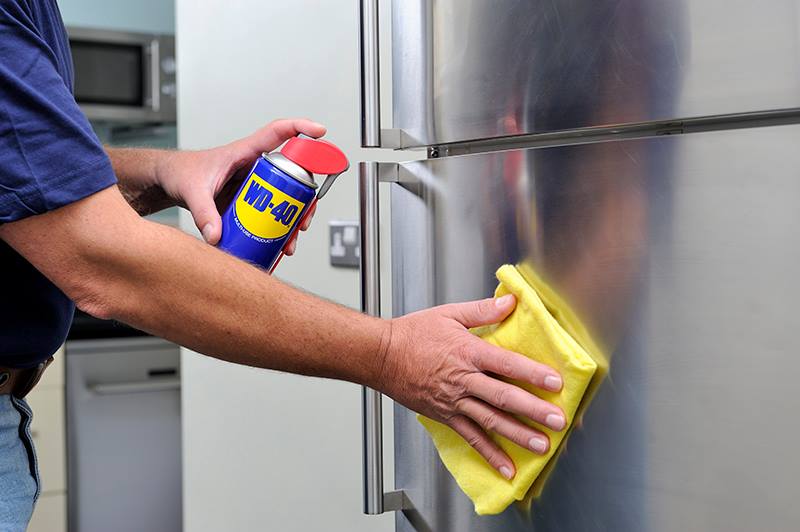
WD-40 is great at penetrating and lifting up dirt for an easy, wipe-clean finish, so it’s perfect for stainless-steel appliances.
Spray it on and wipe away gently with a clean rag; any remaining oil will protect against fingerprint marks.
2 Clean your shower
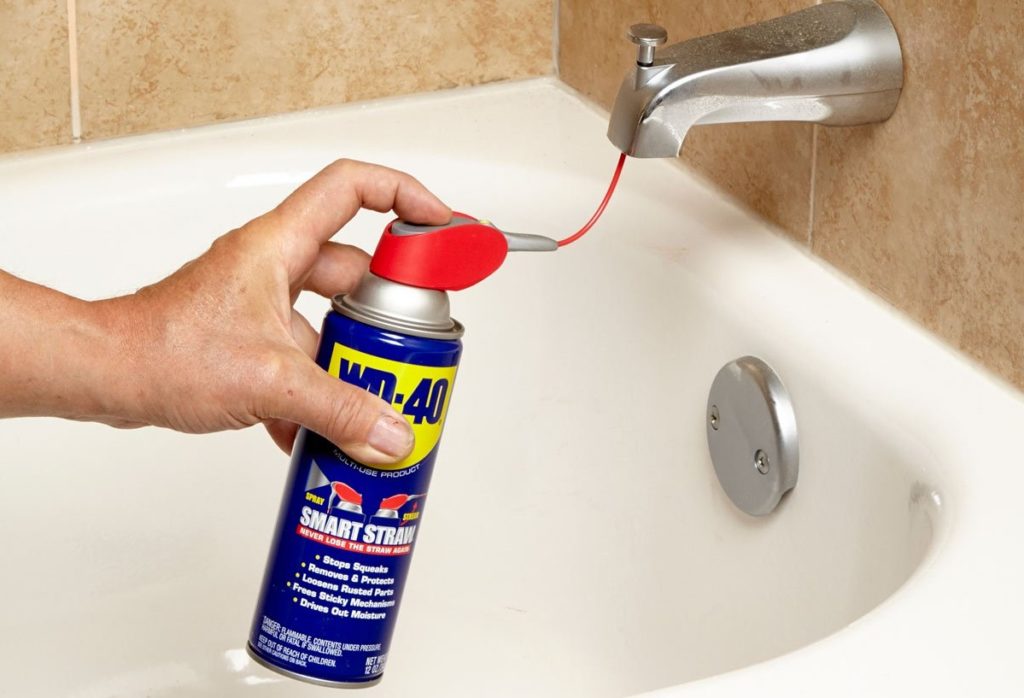
Use a damp cloth covered with WD-40 to quickly rid your shower doors of soap scum; the same cloth can then be used to clean the grime from the door track.
Since WD-40 displaces moisture, it is ideal for warding off mold and mildew on tiles—pay particular attention to any cracks and scratches. You’ll save a lot of energy by using WD-40 instead of scrubbing for hours.
3 Repel insects
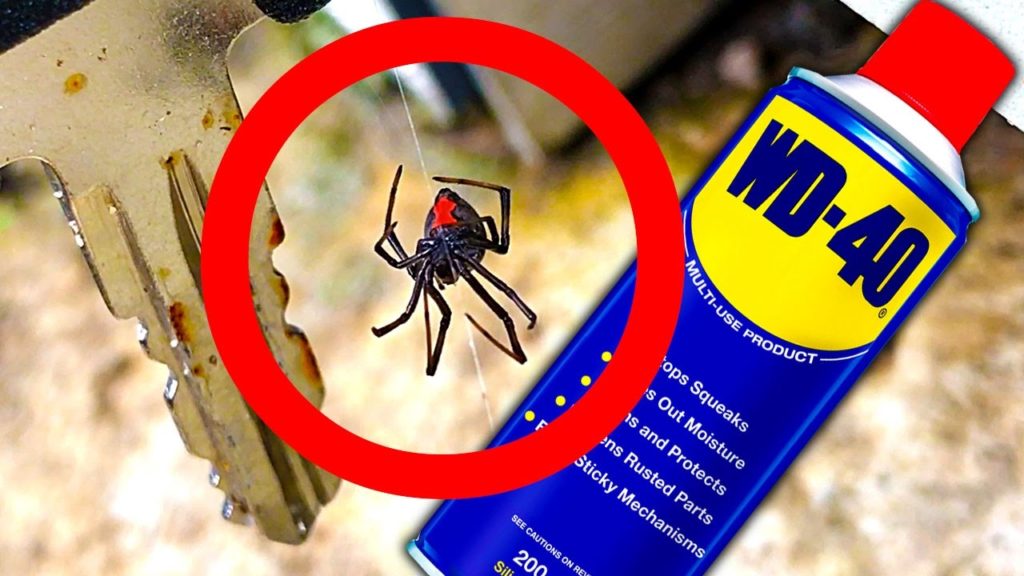
When sprayed directly on a creepy-crawly such as a cockroach or a spider, WD-40 will kill the offending insect almost instantly.
It will also deter insects from your home—simply spray it around the edges of your windows, doors, and any other access points. Just be sure to keep your rooms well-ventilated, and don’t use the spray in the presence of children, especially babies.
4 Defrost your windows
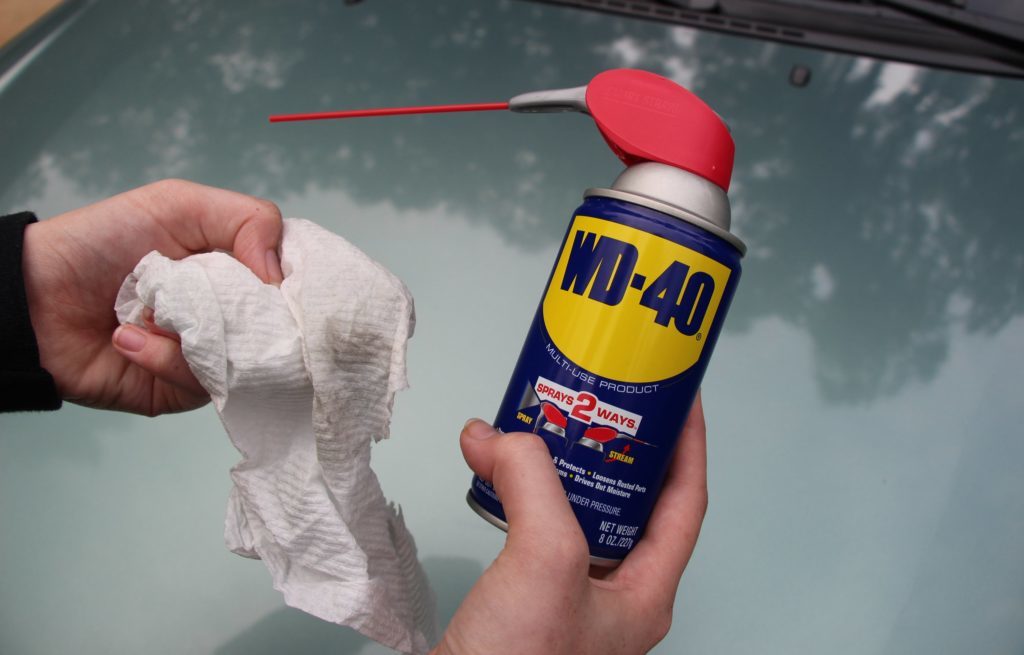
Spray WD-40 on your windows before winter sets in to stop frost building up in the first place.
A thin coating is sufficient, so wipe off any excess with a cloth.
5 Clean your toilet

WD-40 contains solvents that will dissolve stubborn toilet stains, such as those caused by lime buildup.
Spray it directly on the bowl and wait a few moments before scrubbing with a nylon brush—you’ll be surprised at how quickly the stains disappear. Again, WD-40 will save you time, money and energy!
6 Protect your snow shovel

Since WD-40 displaces moisture, leaving behind a thin coating of oil instead, it is very effective at protecting metal tools from corrosion.
Few tools are more at risk of corrosion than a snow shovel, given the frequent exposure to moisture and grit. But fortunately, liberal doses of WD-40 will keep rust at bay.
7 De-fog your bathroom mirrors
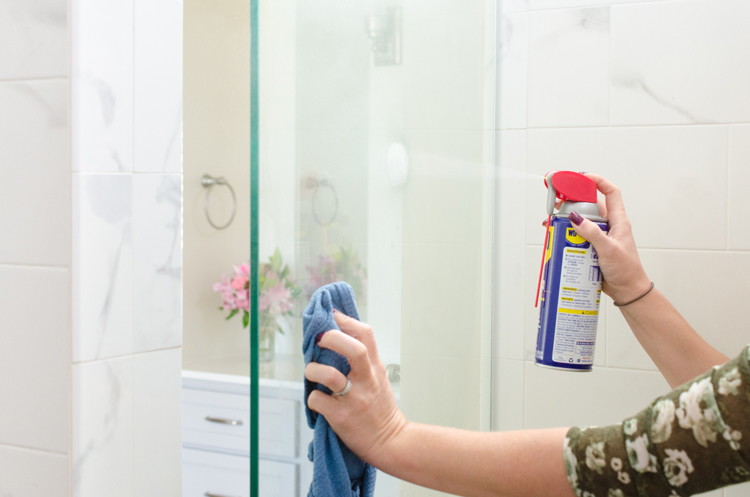
An extractor fan won’t always stop your hot shower fogging up the bathroom mirror.
But remarkably, a thin film of WD-40 applied to your mirror will prevent the steam from condensing at all.
8 Kill weeds
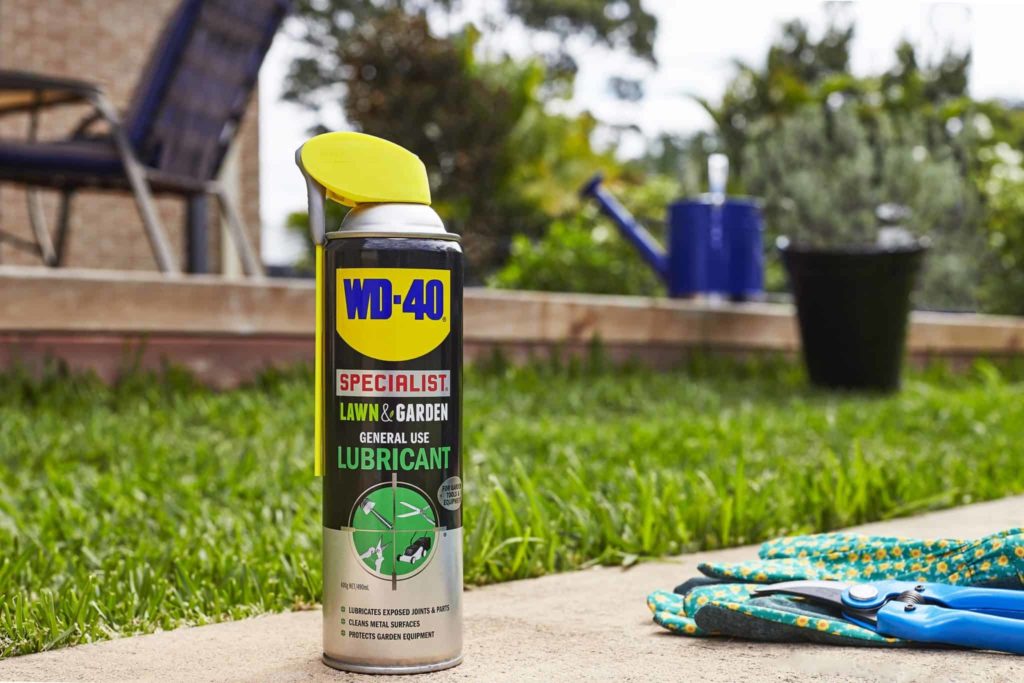
WD-40 has a developed a reputation as an effective weed killer, particularly of thistles.
One spray should cause the invasive plants to perish—just be careful not to get any on any surrounding plants that you want to keep.
9 Clean paint off your shoes
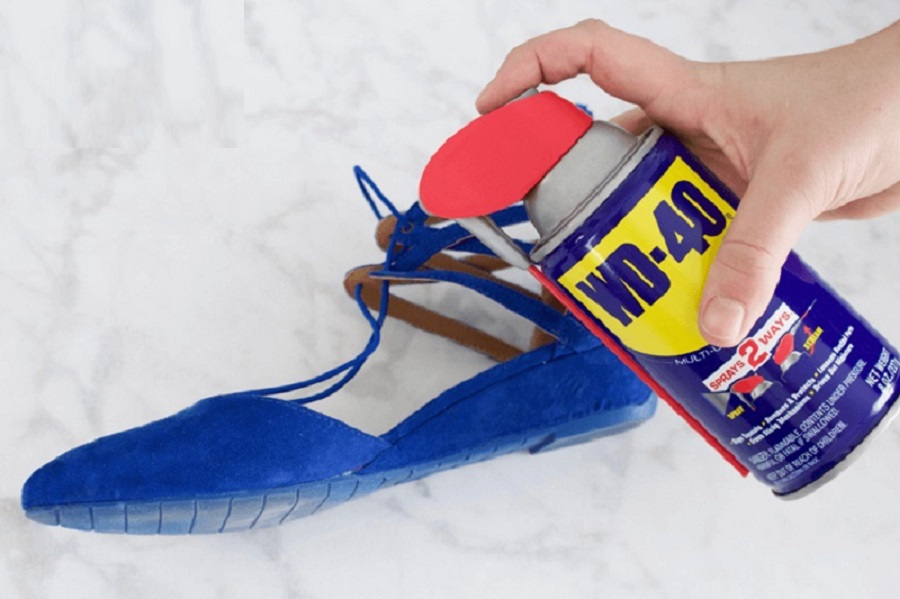
Paint on your shoes is a frustrating, near-unavoidable consequence of DIY home decorating.
Fortunately, WD-40 is very good at removing paint, and it won’t damage your shoes either.
10 Remove carpet stains
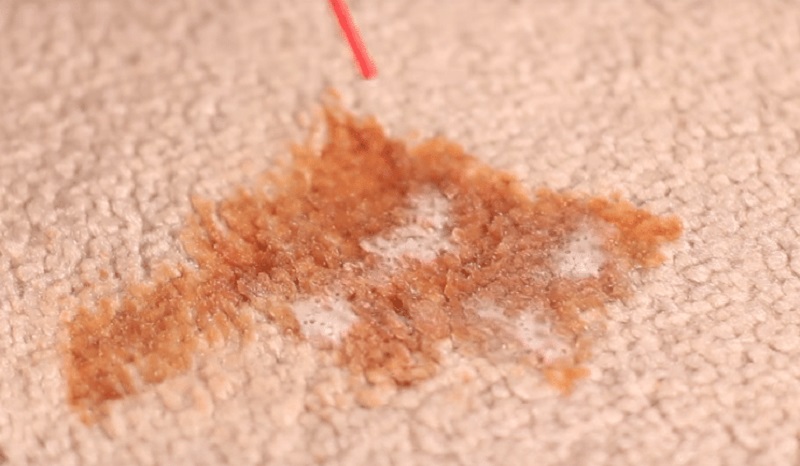
WD-40 can be used to enhance the effectiveness of your regular carpet cleaner.
Spray it on the stain first, wait a couple of minutes, then apply the cleaning product and scrub gently with warm water. It also works pretty well by itself.
11 Waterproof shoes and boots
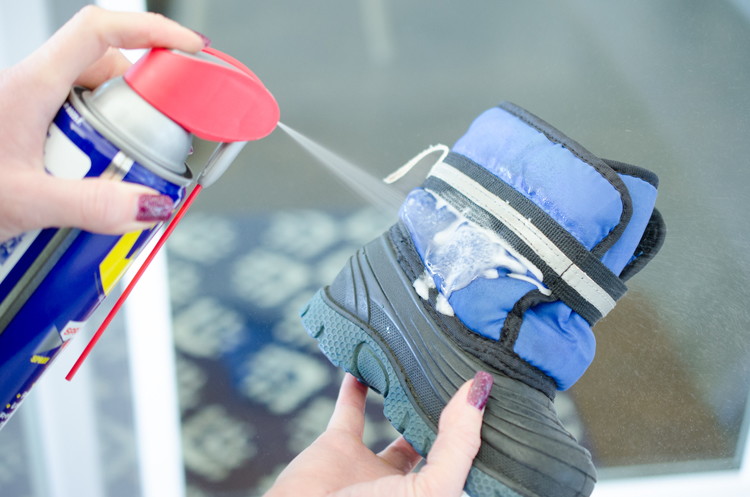
Keep a can of WD-40 by the door and give your boots or shoes a quick spray before you go outside on rainy days.
The secret formula creates a barrier against moisture, ensuring your feet stay dry. Who needs to purchase rainproof shoes when you have WD-40?
12 Clean your fridge
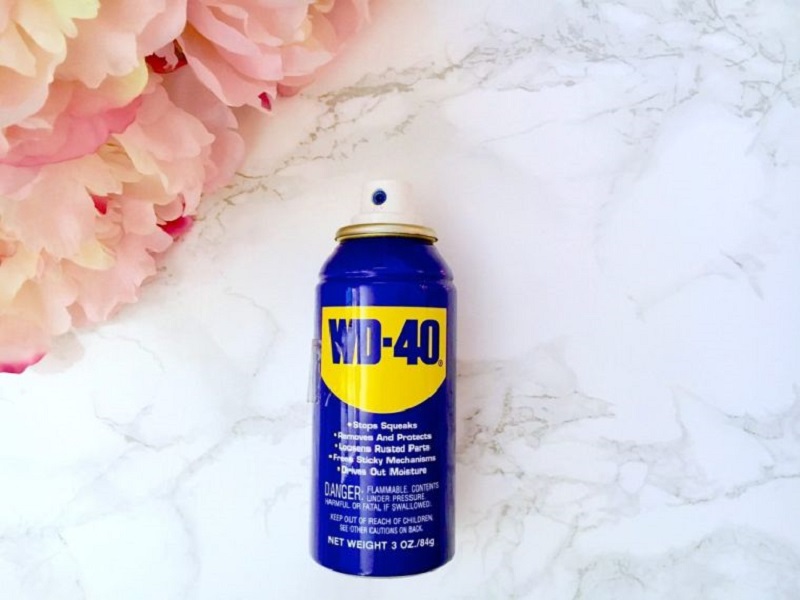
Many people would be surprised at how dirty their fridges are, and food smears and stains that have been there for months can prove too stubborn for regular cleaning products. In which case, a spray of WD-40 will usually do the trick.
Before you start, it’s important to clear the fridge of all food. Likewise, make sure you’ve completely wiped away the WD-40 before restocking your fridge.
13 Remove super glue
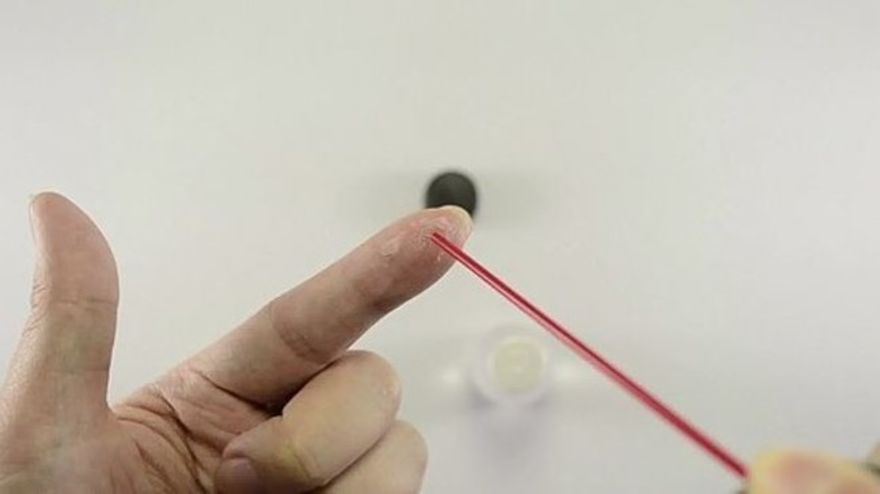
It’s never a nice feeling to have super glue stuck to your fingers. But there’s no need to panic, as WD-40 can be sprayed directly onto your skin to remove the glue.
After a few moments of rubbing your fingertips together, the glue will be dissolved. No need to show up at the hospital if your fingers were stuck together. In general, WD-40 is great for removing super glue from anywhere it shouldn’t be.
14 Lubricate sticky drawers

You’re probably already aware that WD-40 works on squeaky hinges or stubborn locks, but don’t forget to try it on that sticky drawer as well!
A little spray along the track will go a long way.
15 Remove gum from hair

The next time your little one comes back from school with a wad of chewing gum snarling up their hair, have no fear: a small spray of WD-40 will help you comb it out smoothly and painlessly.
Just makes sure the room is well-ventilated, and that you don’t get any of the spray in your child’s eyes.
16 Loosen zippers
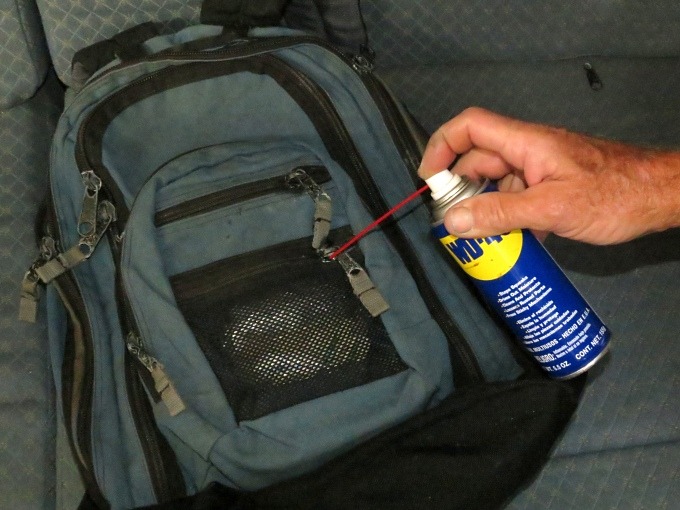
Too often, a favorite clothing item, backpack, or sleeping bag falls into disuse because of a stubborn zipper. But a small amount of WD-40 is likely to get the zipper moving smoothly again; apply directly to the slider and move it up and down several times, to coat the zipper’s teeth evenly.
If you’re worried about marking the fabric, spray the WD-40 on a plastic lid first, and then use a small artist’s paintbrush to apply it.
17 Un-stick drinking glasses
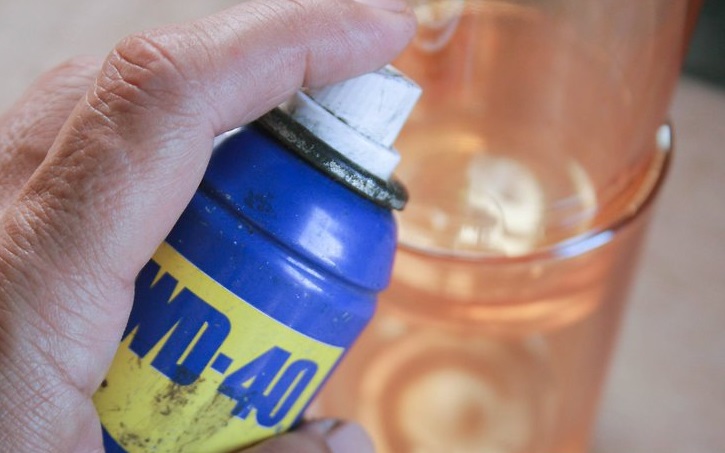
Tumbler-style drinking glasses often wedge together tightly once stacked—so tightly, that you worry about them breaking while you try to pull them apart again.
A quick spray between the tumblers will quickly solve the problem, but make sure you run them through the dishwasher afterward.
18 Remove grease from your hands
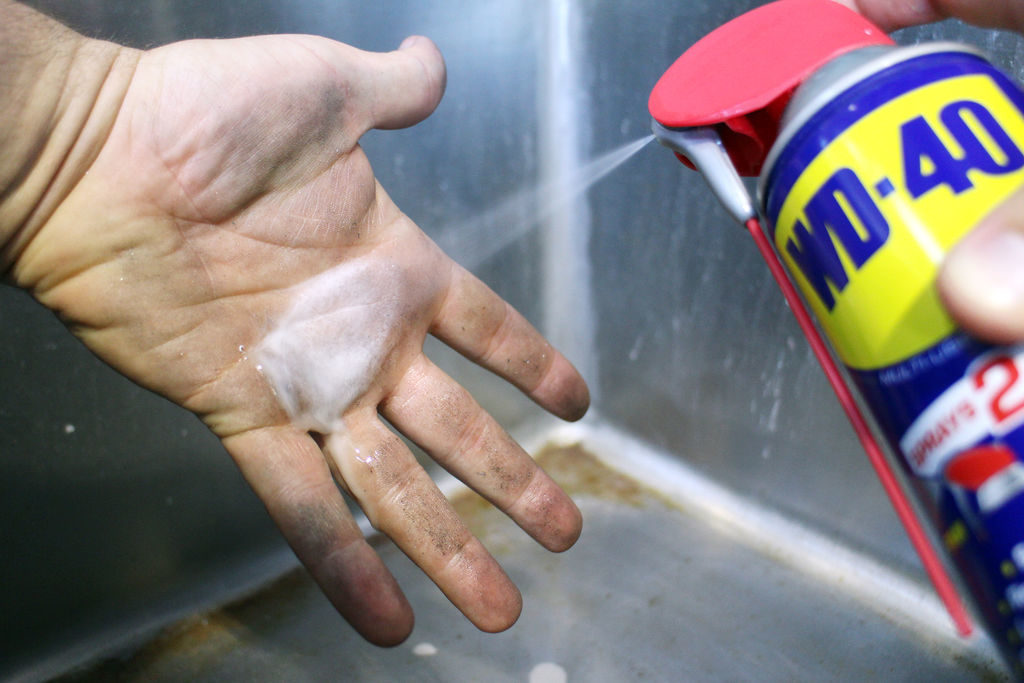
WD-40 is superior to soap at lifting grease. So, next time you’re finished working on your car or fixing your bike, spray a little WD-40 directly on your grime-caked hands.
Rub them together for a few moments, wipe off the excess oil with a paper towel, and then wash as normal with soap and warm water. Your hands will be super clean and ready to do your usual business.
19 Say goodbye to snails and slugs
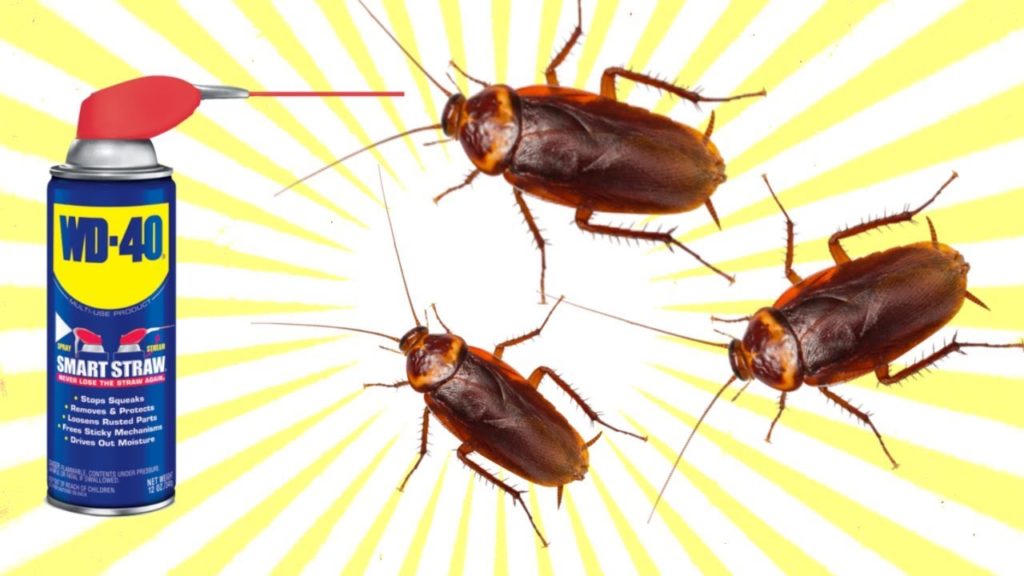
WD-40 is an effective and surprisingly eco-friendly slug and snail repellent, especially if you grow your plants inside a metal cage or in a planter.
Spraying WD-40 on these surrounding surfaces will make them too slippery for the slimy intruders to scale.
20 Remove marker and crayon marks

Kids will use virtually anything as a coloring book, including your walls. But thankfully, WD-40 is great at lifting off marker ink and crayon marks, and it is unlikely to damage the paint or wallpaper beneath. If your walls are covered with fabric or something similarly fancy, then test a tiny section first.
Indeed, WD-40 is likely to work on any other household surface your kids decide to decorate. No need to spend money on a magic eraser if you’ve already got WD-40.
21 Remove stickers and price tags

Stickers can be a nightmare to peel off hard surfaces, leaving adhesive and scraps of paper behind. This can be particularly annoying—even dangerous—on car windows.
Make the process a breeze by spraying WD-40 on the sticker’s surface before you try to remove it.
22 Keep insects away from your plants
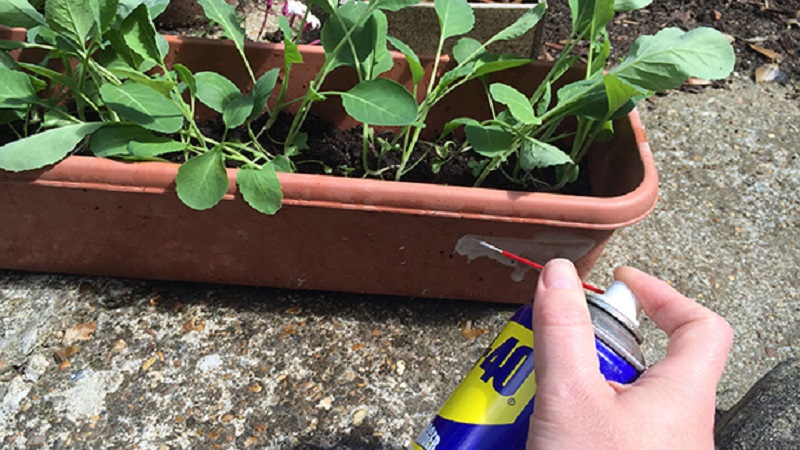
Insects, in general, don’t like WD-40, and because it’s water repellent, it will keep working even in wet weather. The best method is to put a wire cage sprayed with WD-40 around your plants.
Be sure not to spray the plants themselves, and wait a week or so before picking anything edible.
23 Preserve your gas tank lid
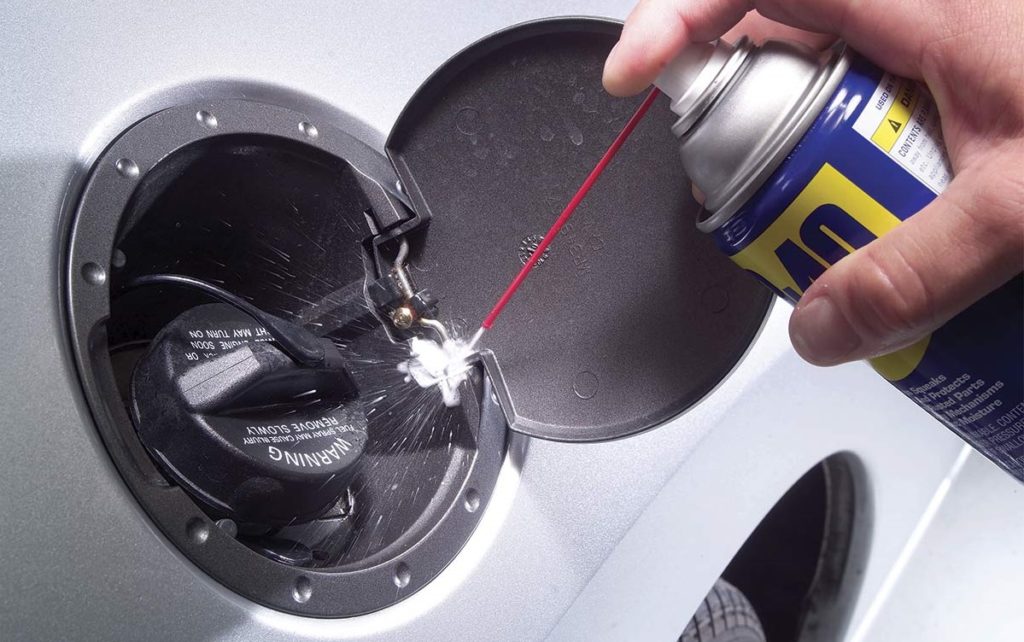
Rust can develop quickly on or around gas tank lids, and a few sprays of WD-40 annually on your car’s lid will go a long way toward preventing this.
Wipe any excess off your car’s exterior—it won’t damage the paint, but the oil will attract dirt eventually. This is a great way to preserve your car’s value, especially when it will be time to sell it.
24 Lubricate and preserve guitar strings

WD-40 is great for lubricating and preserving your guitar strings, which are vulnerable to rust. Simply spray a little on a piece of cloth and give the strings a wipe after each practice session.
It’s better not to spray the strings directly, as a build-up of WD-40 on your guitar’s neck and body can harm the finish.
25 Break-in your new baseball glove
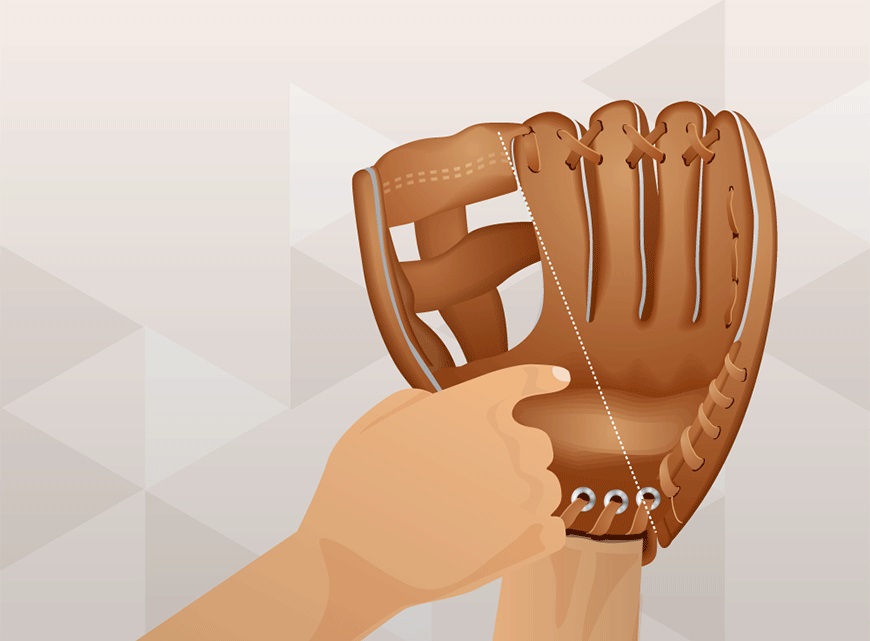
Here’s a truly novel use for WD-40: substitute it for neatsfoot oil when breaking in your next baseball glove. One pro tip is to douse the glove with WD-40, fold it in half (vertically) with a baseball lodged in the palm, and then tie up the glove so you can keep it in that position overnight.
The WD-40 will soften and shape the leather to suit catching a baseball. Once you’ve untied the glove, wear it as much as possible so that the leather shapes around your hand. You’ll be ready for that charity game, or for your regular baseball training.







